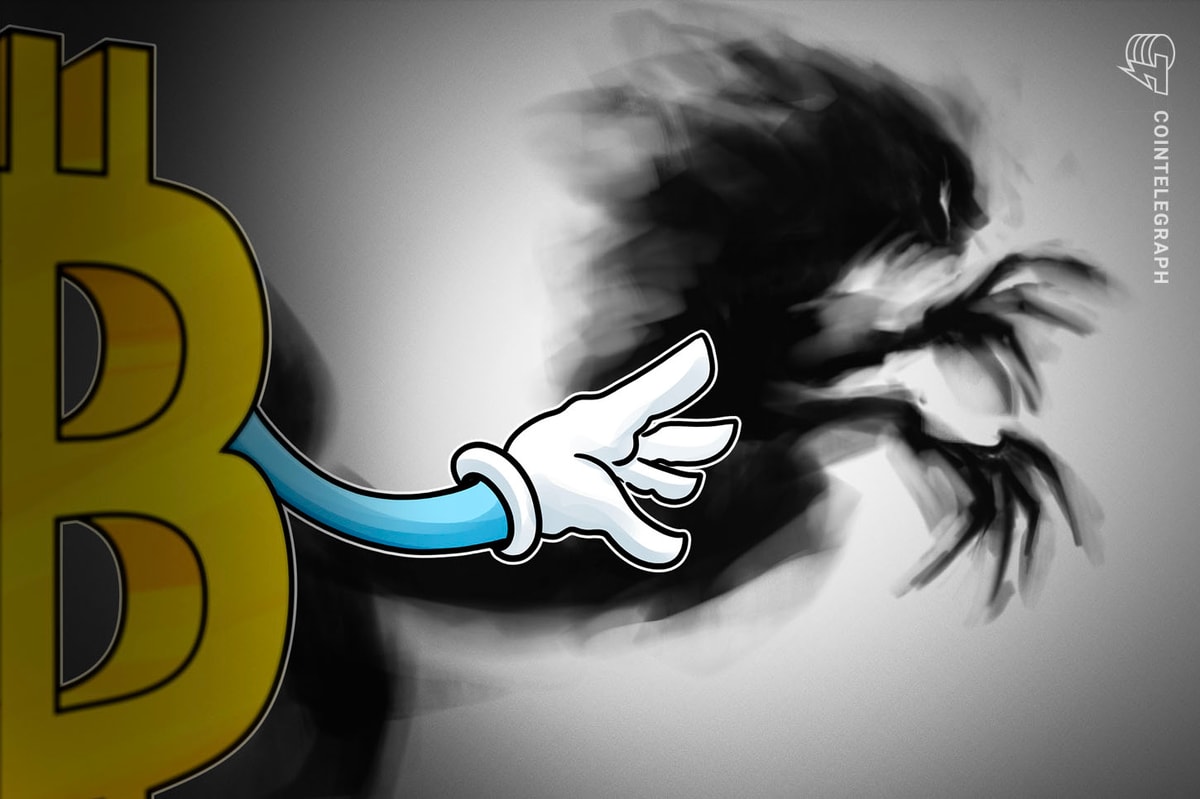Mortgages, auto loans, credit cards: Expert predictions for interest rates in 2024
3 min read
The Federal Reserve‘s effort to bring down inflation has so far been successful, a rare feat in economic history.
The central bank signaled in its latest economic projections that it will cut interest rates in 2024 even with the economy still growing, which would be the sought-after path to a “soft landing,” where inflation returns to the Fed’s 2% target without causing a significant rise in unemployment.
“Rates are headed lower,” said Tim Quinlan, senior economist at Wells Fargo. “For consumers, borrowing costs would fall accordingly.”
More from Personal Finance:
Americans are ‘doom spending’
The first step to setting an annual budget
This strategy can help you meet New Year’s resolution goals
Most Americans can expect to see their financing expenses ease in the year ahead, but not by much, cautioned Greg McBride, chief financial analyst at Bankrate.
“We are in a high interest rate environment, and we’re going to be in a high interest rate environment a year from now,” he said. “Any Fed cuts are going to be modest relative to the significant increase in rates since early 2022.”
Although Fed officials indicated as many as three cuts coming this year, McBride expects only two potential quarter-point decreases toward the second half of 2024. Still, that will make it cheaper to borrow.
From mortgage rates and credit cards to auto loans and savings accounts, here are his predictions for where rates are headed in the year ahead:
Prediction: Credit card rates fall just below 20%
Because of the central bank’s rate hike cycle, the average credit card rate rose from 16.34% in March 2022 to nearly 21% today — an all-time high.
Going forward, annual percentage rates aren’t likely to improve much. Credit card rates won’t come down until the Fed starts cutting and even then, they will only ease off extremely high levels, according to McBride.
“The average rate will remain above the 20% threshold for most of the year,” he said, “and eventually dip to 19.9% by the end of 2024 as the Fed cuts rates.”
Prediction: Mortgage rates decline to 5.75%
Thanks to higher mortgage rates, 2023 was the least affordable homebuying year in at least 11 years, according to a report from real estate company Redfin.
But rates are already significantly lower since hitting 8% in October. Now, the average rate for a 30-year, fixed-rate mortgage is 6.9%, up from 4.4% when the Fed started raising rates in March of 2022 and 3.27% at the end of 2021, according to Bankrate.
McBride also expects mortgage rates to continue to ease in 2024 but not return to their pandemic-era lows. “Mortgage rates will spend the bulk of the year in the 6% range,” he said, “with movement below 6% confined to the second half of the year.”
Prediction: Auto loan rates edge down to 7%
When it comes to their cars, more consumers are facing monthly payments that they can barely afford, thanks to higher vehicle prices and elevated interest rates on new loans.
The average rate on a five-year new car loan is now 7.71%, up from 4% when the Fed started raising rates, according to Bankrate. However, rate cuts from the Fed will take some of the edge off of the rising cost of financing a car, McBride said, helped in part by competition between lenders.
McBride expects five-year new car loans to drop to 7% by the end of the year.
Prediction: High-yield savings rates stay over 4%
Top-yielding online savings account rates have made significant moves along with changes in the target federal funds rate and are now paying more than 5% — the most savers have been able to earn in nearly two decades — up from around 1% in 2022, according to Bankrate.
Even though those rates have likely peaked, “yields are expected to remain at the highest levels in over a decade despite two rate cuts from the Fed,” McBride said.
According to his forecast, the highest-yielding offers on the market will still be at 4.45% in the year ahead. “It will still be a banner year for savers when those returns are measured against a lower inflation rate,” McBride said.
Don’t miss these stories from CNBC PRO:







